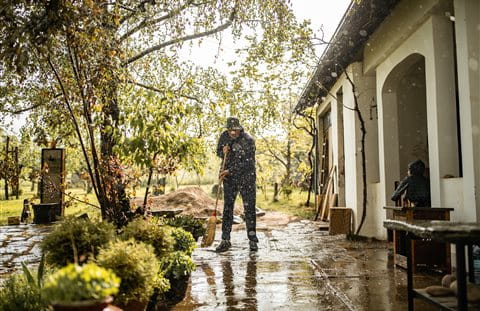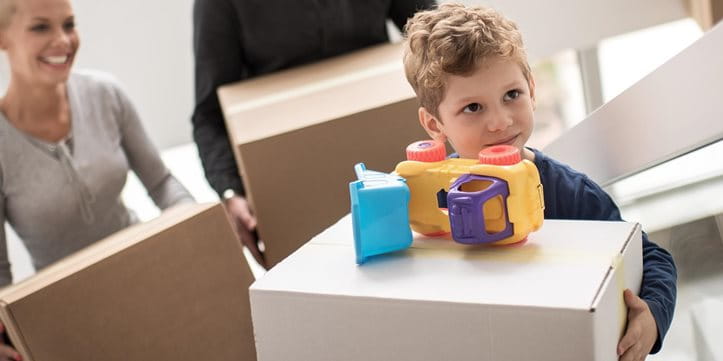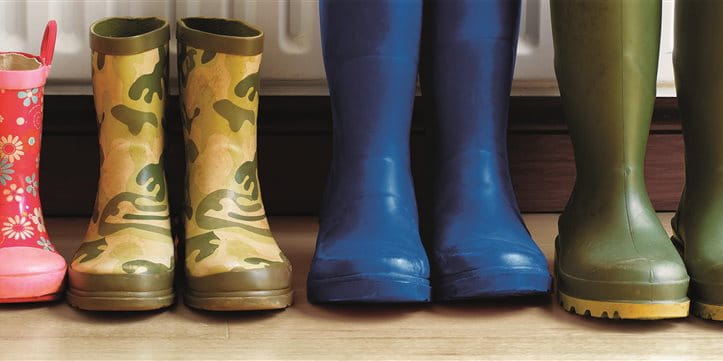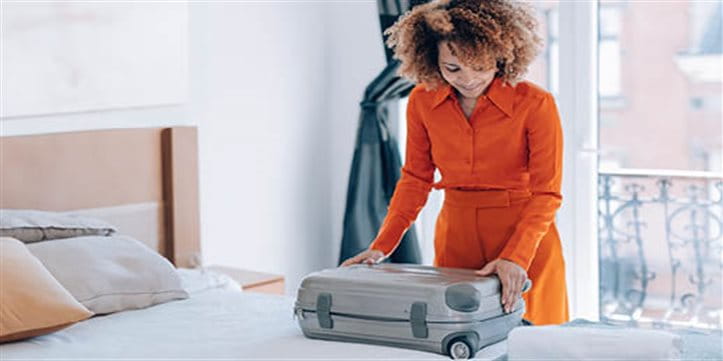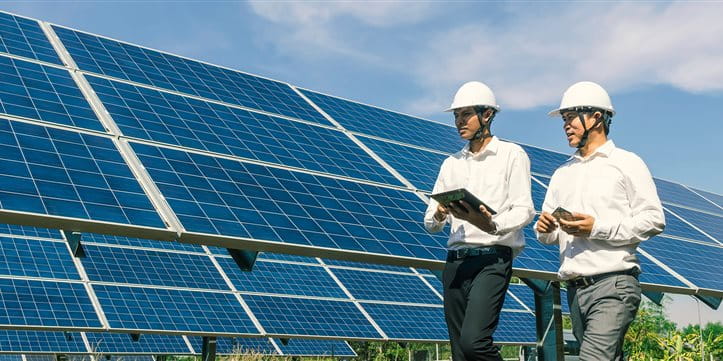Climate change is a reality. Its impact is already being seen in Switzerland too: The frequency and intensity of downpours, flooding and landslides has increased noticeably. What are the consequences of this for all of us?
Climate change knows no borders
The warming of the earth's atmosphere is having a dramatic impact worldwide: Bangladesh is at risk of being drowned by the sea, the African Sahara is consuming fertile agricultural land and the Caribbean is experiencing more and more hurricanes. But the climate is also changing in the Alp region. It is happening so slowly that you hardly notice it. Yet the average temperature in Switzerland has already risen 1.5 degrees Celsius since 1970. And the consequences of this are significant: Experts at GEOTEST AG point out that the permafrost level in the Alps will move roughly 200m higher by 2050, according to the IPCC report and Brennpunkt Klima.
More storms than ever before
Switzerland is becoming warmer and stormier
If the perpetual ice recedes in regions at higher elevations, this is more than an optical problem. It also means that the entire water balance will change, mountain creeks and rivers will carry more debris to the plateau regions, and the rivers will flow over their banks more frequently in the flatter areas. In the mountains there will be more falling rocks, rock slides, avalanches, landslides and mudslides. But climate change is having other consequences as well: There have never been so many and such strong storms in Switzerland as there are today. We must also prepare for more extreme heat and dryness.
Earthquakes: the underestimated danger
Another natural hazard is often underestimated: earthquakes. According to the Swiss Seismological Service at ETH Zurich, they have the greatest potential to damage Switzerland. The risk is elevated in the cantons of Valais, Basel and Grisons, in Central Switzerland and in the St. Gallen Rhine Valley. Quakes are rarer in Zurich than in, say, Brig, but the value of the damage would be much higher due to the greater building density and higher property values. Switzerland last sustained major damage in Sierre in 1946 and in Sarnen in 1964. Large earthquakes typically happen every 50 to 150 years – but may arrive as soon as tomorrow. Even small tremors can cause serious damage.
Swimming laptop
If you want to protect yourself against natural disasters, you must initially know what risks threaten your place of residency. Then you can take countermeasures. The example of flooding: Water can cause severe damage to furniture, electrical equipment, rugs, parquet floors or wallpaper. Mobile barriers that are placed in front of cellar windows or underground garage entrances offer effective protection against flooding. Or the ventilation shaft ends not at ground level, but 50cm above. Simple, but effective: Laying electrical lines higher up and storing everything valuable in the basement somewhat above the floor.
Protection against avalanches
It is also possible to protect yourself effectively against mudslides or landslides: Home owners can sleep more peacefully thanks to correct construction of a wedge. It is placed in the hillside and can then be covered in vegetation so that you hardly see it. If the avalanche hits the wedge, it is divided in two and thunders around the exposed house without causing tremendous damage.
Café under water – what does that mean for business?
When the fleet sinks in sludge
Companies can also encounter natural disasters unexpectedly and completely discontinue operations in the worst case scenario. Identifying risks and taking precautions is of tremendous significance for companies. This is because if the restaurant is under water or the vehicle park sinks in sludge, this can have existential consequences for the company. Worse than the direct damage is often that the business does not continue to run. That is why the following applies to all entrepreneurs: You should analyze your risks, understand the possible consequences, take precautionary measures and check the insurance coverage regularly. Then you can remain relaxed, even if it is raining in droves outside, the nearby river is roaring in a threatening way and the storm is tearing at the roof tiles.

